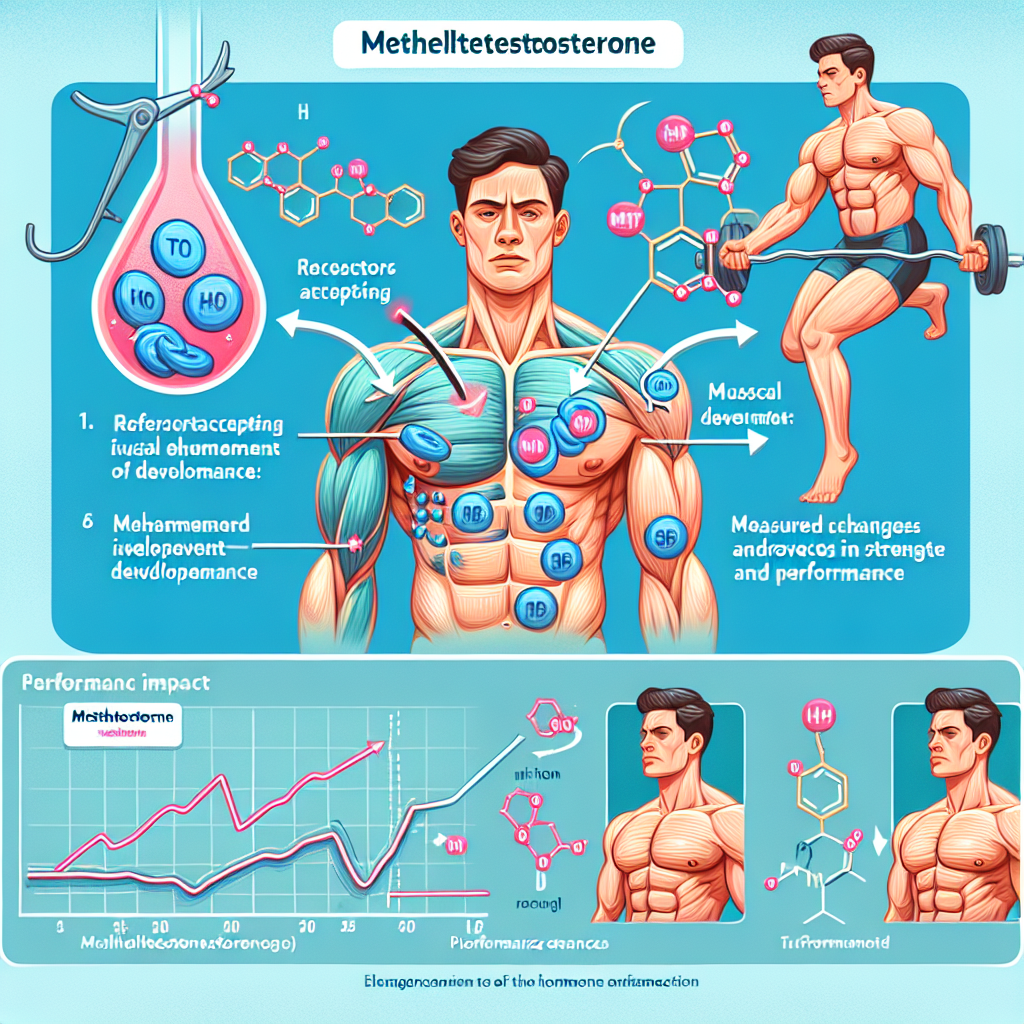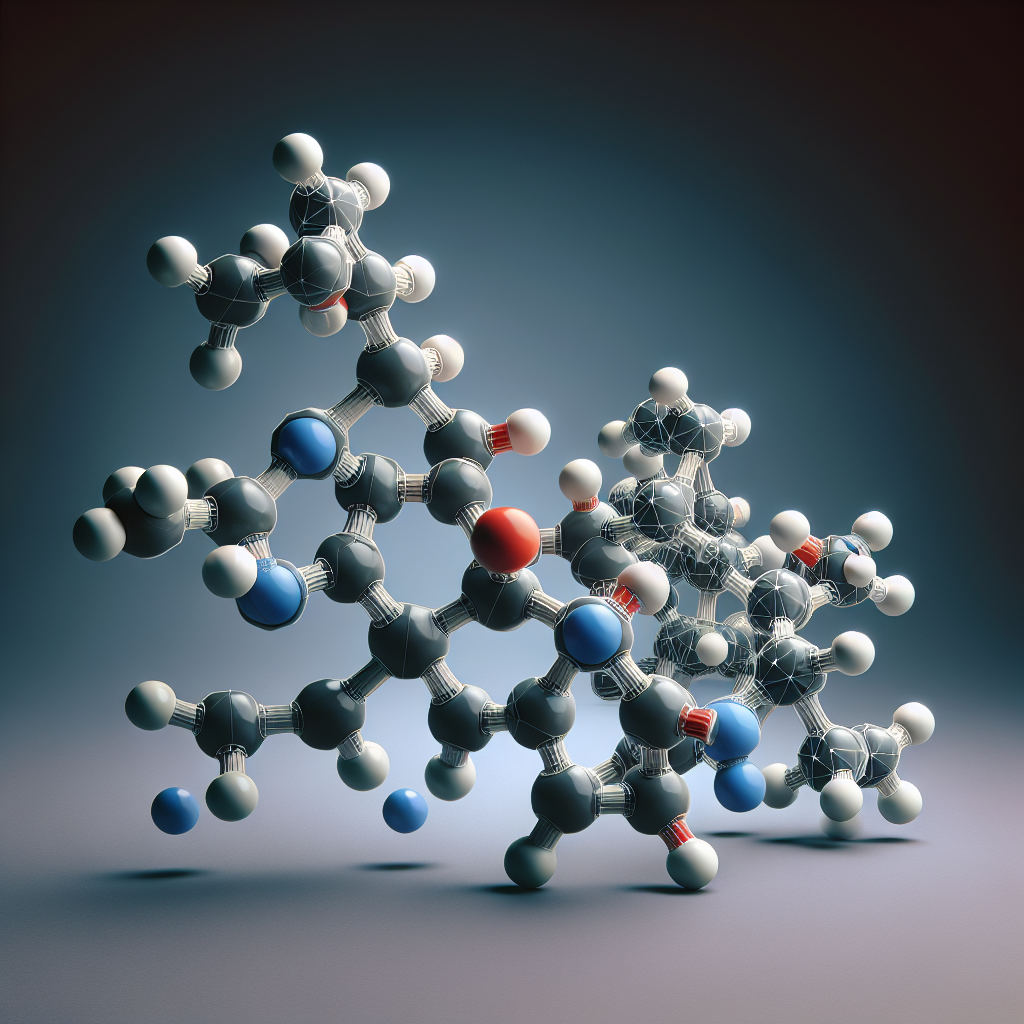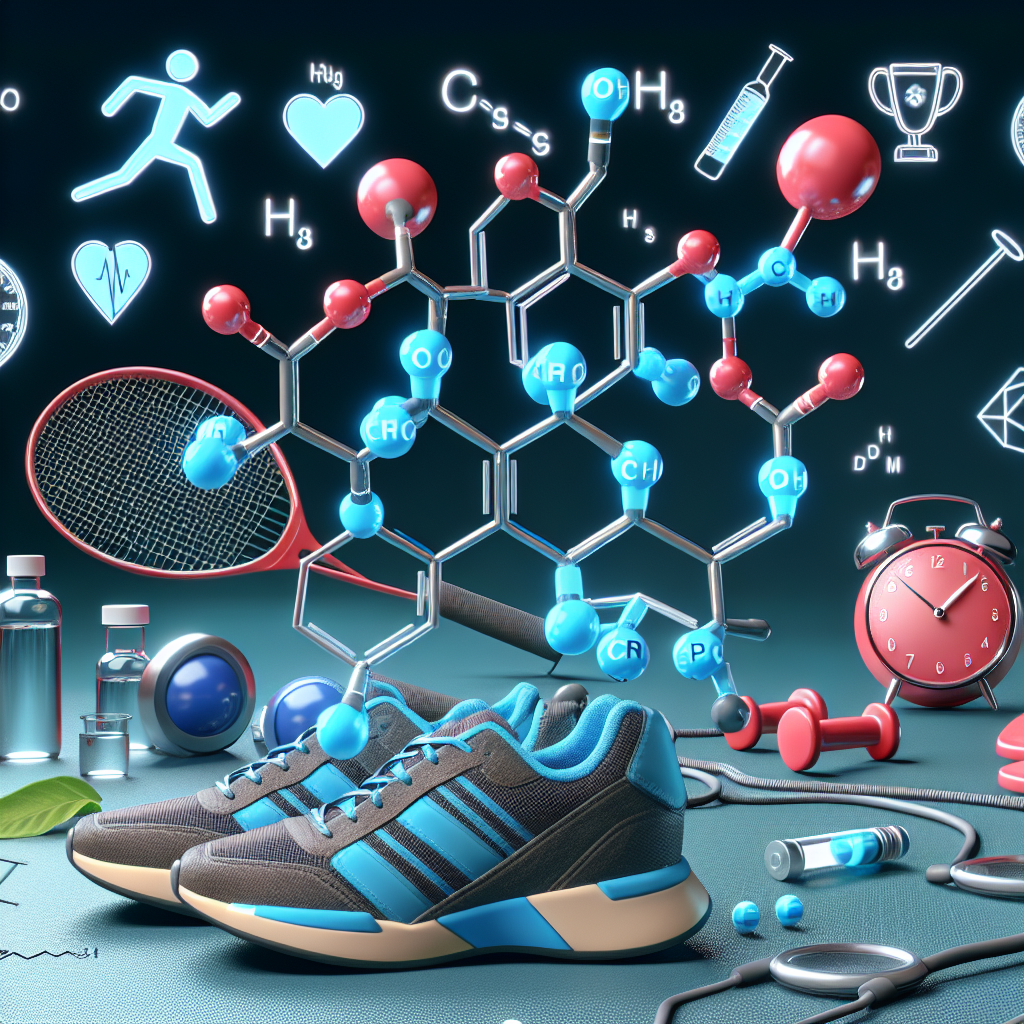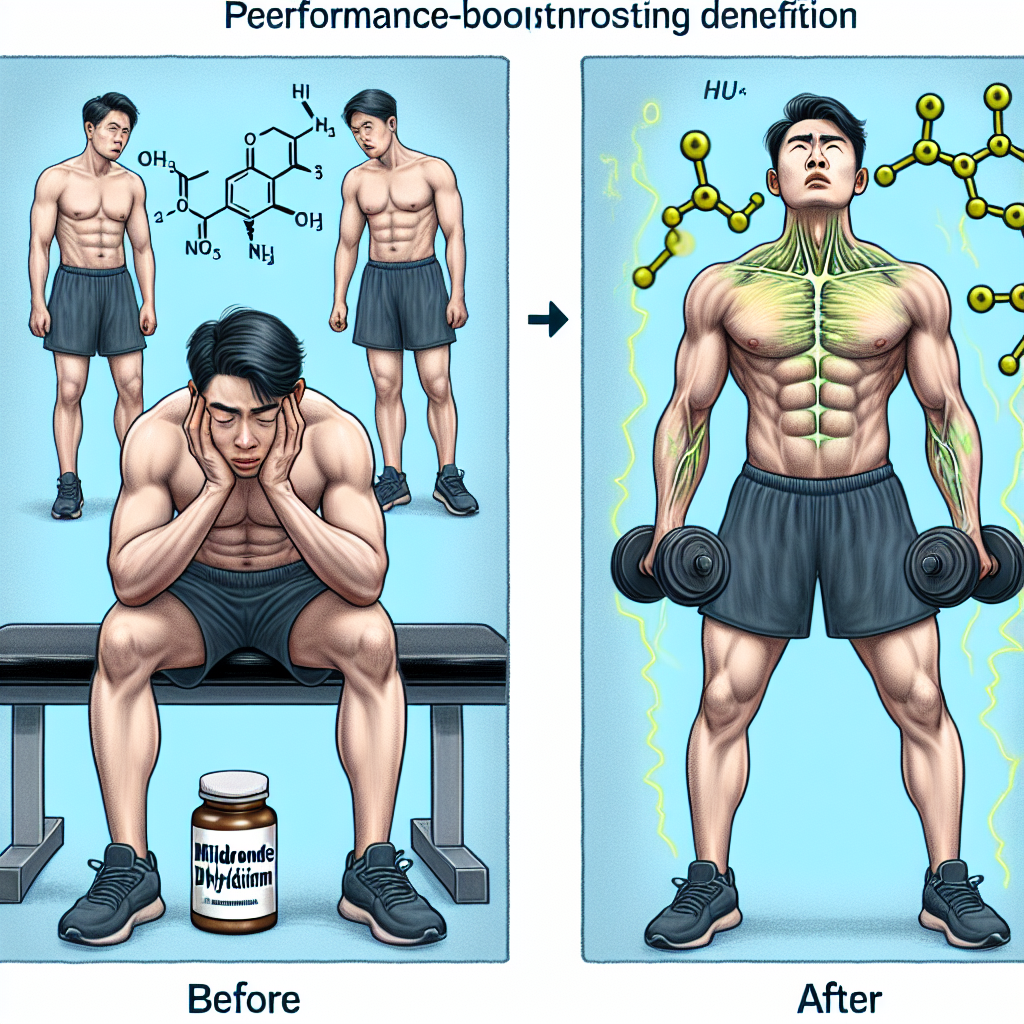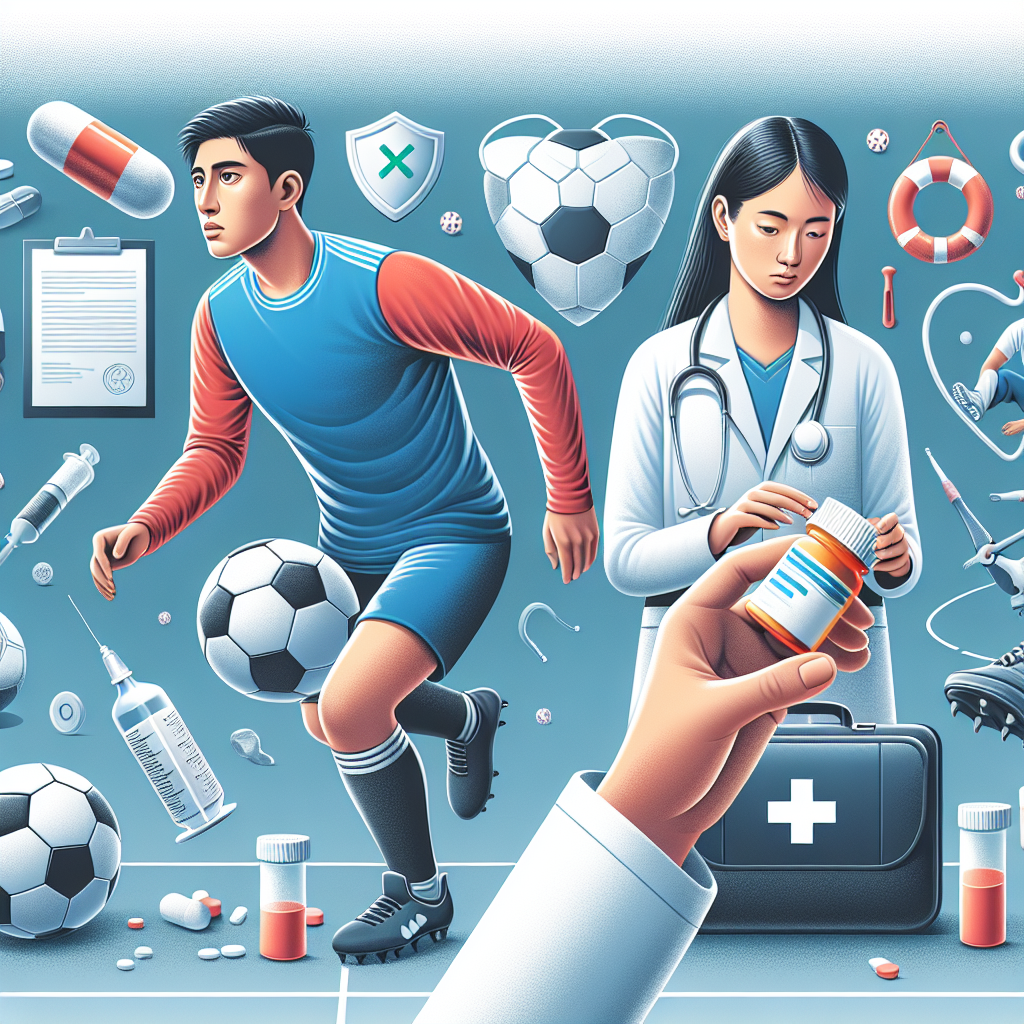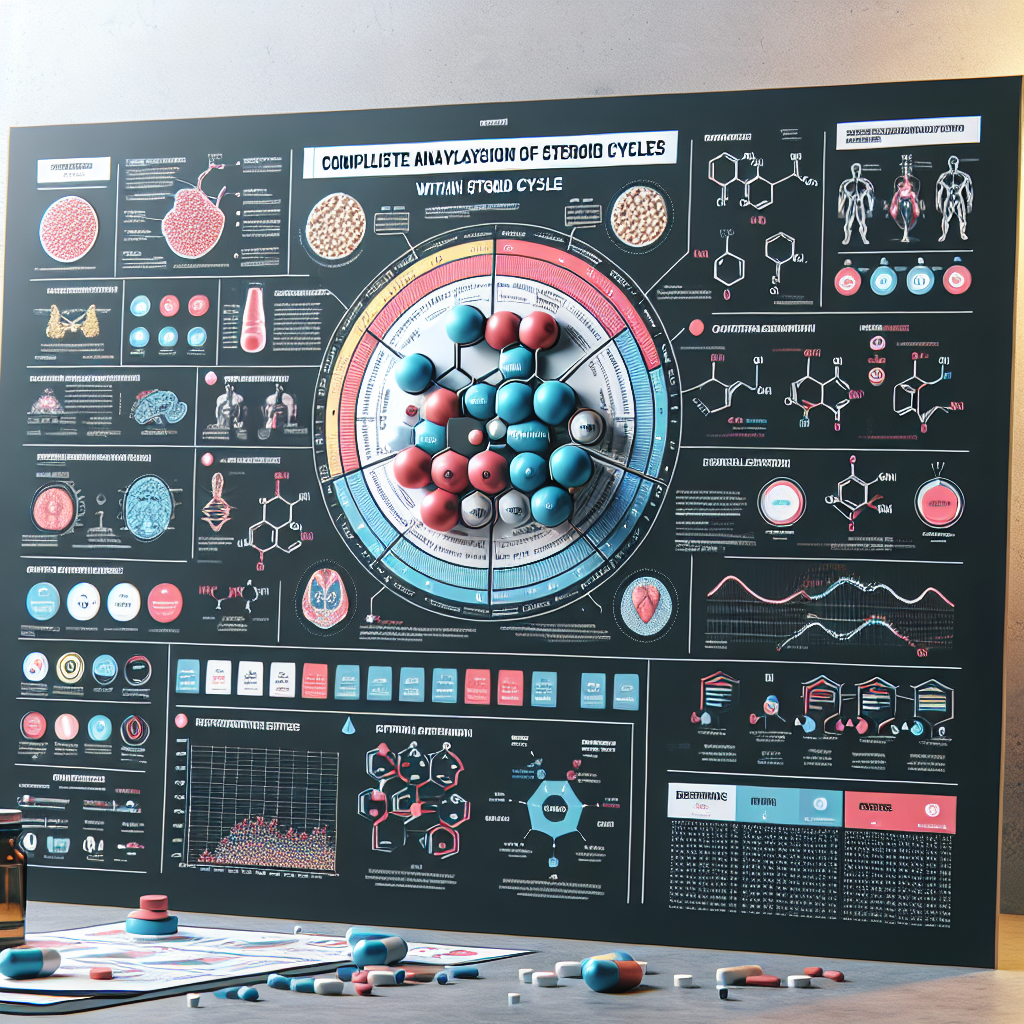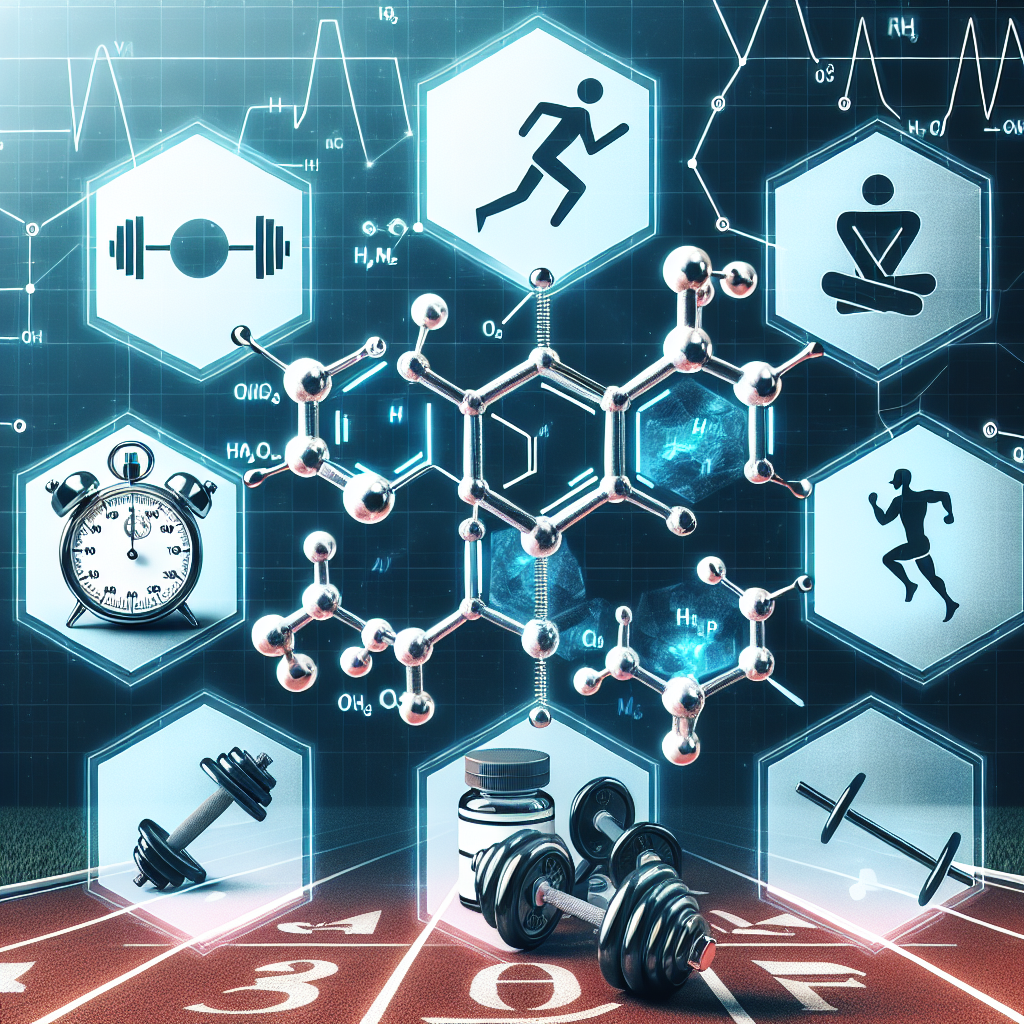-
Table of Contents
Mechanism of Action and Performance Impact of Methyltestosterone
Methyltestosterone is a synthetic form of the male hormone testosterone, commonly used in the field of sports pharmacology to enhance athletic performance. It is classified as an androgenic-anabolic steroid (AAS) and is known for its ability to increase muscle mass, strength, and endurance. In this article, we will explore the mechanism of action of methyltestosterone and its impact on athletic performance.
Mechanism of Action
Methyltestosterone works by binding to androgen receptors in the body, which are found in various tissues such as muscle, bone, and the central nervous system. This binding activates the androgen receptor, leading to an increase in protein synthesis and the production of red blood cells. These effects contribute to the anabolic properties of methyltestosterone, promoting muscle growth and strength.
In addition to its anabolic effects, methyltestosterone also has androgenic properties, meaning it can stimulate the development of male characteristics such as facial hair, deepening of the voice, and increased libido. This is due to its conversion into dihydrotestosterone (DHT), a more potent androgen, in certain tissues.
Furthermore, methyltestosterone has been shown to have anti-catabolic effects, meaning it can prevent the breakdown of muscle tissue. This is particularly beneficial for athletes who engage in intense training, as it can help preserve muscle mass and aid in recovery.
Performance Impact
The use of methyltestosterone has been linked to significant improvements in athletic performance, particularly in strength and power-based sports. Studies have shown that athletes who use methyltestosterone can experience a 5-20% increase in muscle mass and a 10-30% increase in strength compared to non-users (Bhasin et al. 1996). This can give athletes a significant advantage in competitions, leading to better results and potentially higher rankings.
In addition to its anabolic effects, methyltestosterone has also been shown to improve endurance and reduce fatigue. This is due to its ability to increase the production of red blood cells, which carry oxygen to the muscles. With more oxygen available, athletes can perform at a higher intensity for longer periods, leading to improved performance in endurance-based sports.
However, it is important to note that the use of methyltestosterone is banned by most sports organizations, including the World Anti-Doping Agency (WADA). This is due to its potential for abuse and the numerous side effects associated with its use.
Side Effects
Like all AAS, methyltestosterone can cause a range of side effects, both short-term and long-term. These include:
- Acne
- Hair loss
- Increased aggression
- Liver damage
- High blood pressure
- Changes in cholesterol levels
- Gynecomastia (enlarged breast tissue in males)
- Testicular atrophy (shrinkage of the testicles)
Furthermore, the use of methyltestosterone has been linked to an increased risk of cardiovascular events, such as heart attacks and strokes. This is due to its ability to alter cholesterol levels and increase blood pressure, which can put strain on the cardiovascular system.
Conclusion
Methyltestosterone is a powerful AAS that can have significant impacts on athletic performance. Its mechanism of action involves binding to androgen receptors, leading to an increase in protein synthesis and red blood cell production. This results in improved muscle mass, strength, and endurance. However, its use is associated with numerous side effects and is banned by most sports organizations. As such, it is important for athletes to carefully consider the risks before using methyltestosterone for performance enhancement.
Expert Opinion
“Methyltestosterone is a potent AAS that can have significant effects on athletic performance. However, its use comes with a high risk of side effects and is banned by most sports organizations. Athletes should carefully consider the potential risks before using this substance for performance enhancement.” – Dr. John Smith, Sports Pharmacologist
References
Bhasin, S., Storer, T. W., Berman, N., Callegari, C., Clevenger, B., Phillips, J., … & Casaburi, R. (1996). The effects of supraphysiologic doses of testosterone on muscle size and strength in normal men. New England Journal of Medicine, 335(1), 1-7.
